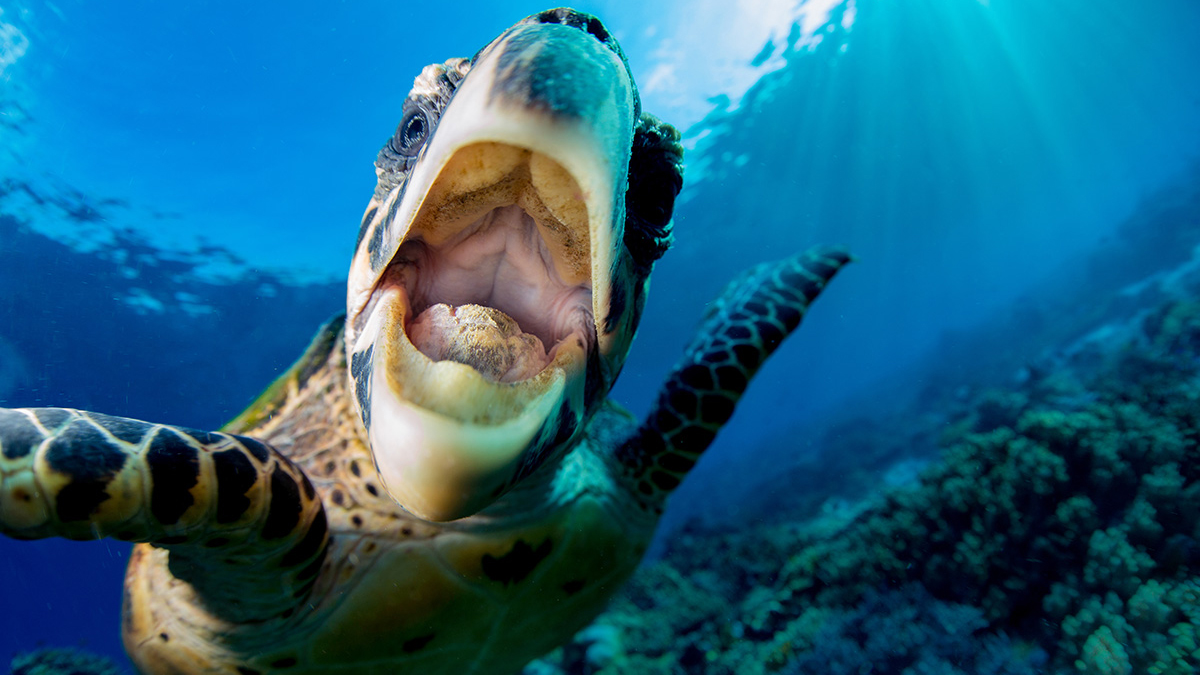How to light photographs underwater
Underwater photographer Stephen Frink explains how to light photographs under water.
10.25.2018
Stephen Frink, one of the world’s most-published underwater photographers, freely shares the No. 1 tip he gives students who want to raise their work to a higher professional level: “The key to making a great underwater photograph is good lighting.”
Water is denser than air, and it absorbs color very quickly. Because color is lost the deeper you go, high-quality lighting is paramount. Ambient light is insufficient and straight-on lighting is too bright. Any snorkeler weilding a point-and-shoot camera with a fixed flash has plenty of pictures that are filled with “backscatter”—the particles in suspension under water that appear between the camera and subject. These show up in photos as small white dots, like dust, in your images.
“Even in the best [calmest] waters there is backscatter, and it’s important to manage your lighting to minimize the effect of these ever-present floating particles,” explains Frink. To accomplish this, he uses two strobes: one for front lighting and one held at a 45-degree angle above or to the side of the subject. “This angled strobe lights my subject without lighting the backscatter,” says Frink. “If I only shoot straight on, I’ll light up the backscatter and obscure my subject.”
Another way to minimize backscatter is to get close. The closer you are to your subject, the less particulate matter between you and it. Frink also advises moving carefully to avoid disturbing particulate matter from the seabed by brushing the sand with your fins. “Stirring up the bottom just increases backscatter,” he says.
RELATED: Stephen Frink gets extremely close to aquatic subjects
Robert Kiener is a writer in Vermont.



